How to Boot Windows 11 in Safe Mode
Booting to Safe Mode on Windows 11 is not that different from previous operating system versions released by Microsoft. But there are some subtle differences in regards to how you can force your Windows 11 PC to boot in Safe Mode.
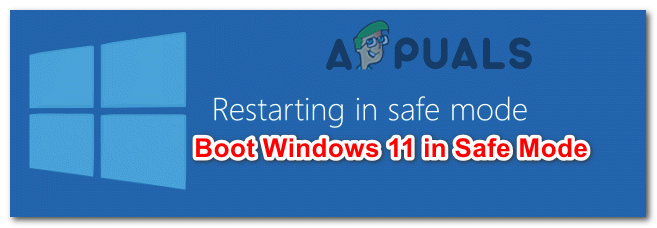
What is Safe Mode?
This boot mode will start your Windows 11 computer in a very basic state that will force your OS to use a limited set of drivers. No 3rd party services and processes will be allowed to run in Safe mode.
Booting in Safe Mode it’s especially useful if you’re dealing with a problem and you’re looking to narrow down your potential list of culprits – If the issue no longer occurs while you boot in Safe Mode, you’ve just concluded that the problem is being caused by some type 3rd party process, service or driver.
On Windows 11, there are 3 main versions of Safe Mode:
- Safe Mode – This will start your Windows 11 OS with a minimal set of drivers and without an Internet Connection.
- Safe Mode with Networking – This will start your Windows 11 OS with a minimal set of drivers but will also include the network drivers and services required to establish a local or Internet connection.
- Safe Mode with Command Prompt – This will start your Windows 11 OS with a minimal set of drivers without the network drivers but with a Command Prompt window that will replace the usual Windows UI (this option is typically reserved for Sys Admins)
How to Boot Your Windows 11 Computer in Safe Mode
There are 4 different ways of booting your Windows 11 computer in Safe Mode, Safe Mode with Networking, or Safe Mode with Command Prompt:
- Boot Windows 11 in Safe Mode via Advanced Startup (WinRE)
- Boot Windows 11 in Safe Mode via System Configuration (msconfig)
- Boot Windows 11 in Safe Mode via Command Prompt (CMD)
- Boot Windows 11 in Safe Mode via Command Prompt during Boot
Feel free to follow the method that’s closest to your preferred approach to doing things.
1. Boot Windows 11 in Safe Mode from Startup (WinRE)
- Press the Start key or click the Start icon to bring up the Start menu.
- Next, click on the power icon and hold the SHIFT key while clicking on Restart.

Boot to the Advanced Startup menu Note: This will force Windows 11 to restart directly into the Advanced Startup (WinRE) menu.
- Once your PC restarts directly into the Advanced Startup menu, click on Troubleshoot at the first prompt.
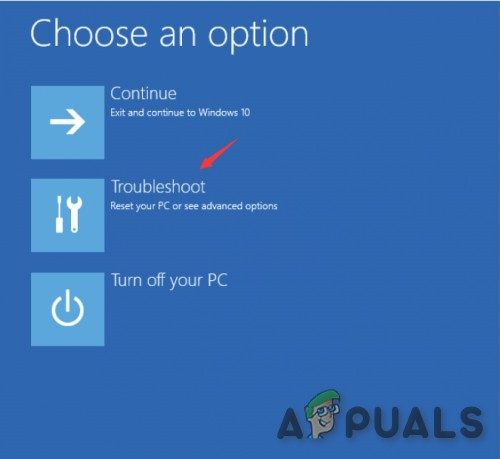
Accessing the Troubleshoot tab - Once you’re inside the Troubleshoot tab, click on Advanced Options.
- From the Advanced Options menu, click on Startup Settings from the list of available options.
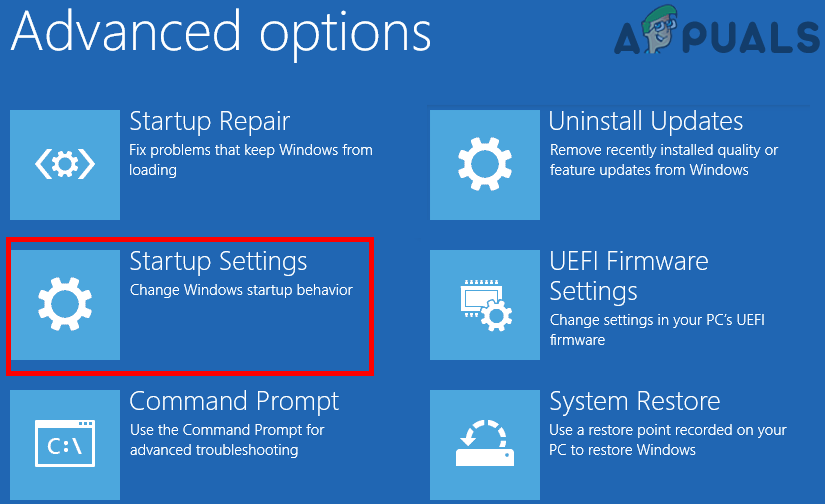
Accessing the Startup Settings - At the final screen, click on the Restart button and wait until your PC restarts once again.
- Once you find yourself inside the Startup Settings screen, press one of the following keys depending on what type of Safe Mode you want to boot in:
4 - Enable Safe Mode 5 - Enable Safe Mode with Networking 6 - Enable Safe Mode with Command Prompt
- After a couple of seconds, your Windows 11 OS will boot directly into your preferred Safe Mode type.
2. Boot Windows 11 in Safe Mode from System Configuration (msconfig)
- Press Windows key + R to open a Run dialog box. Next, use the newly appeared text box to type ‘msconfig’ and press Enter to open up the System Configuration screen. If you see the User Account Control popping up, click Yes to grant admin access.
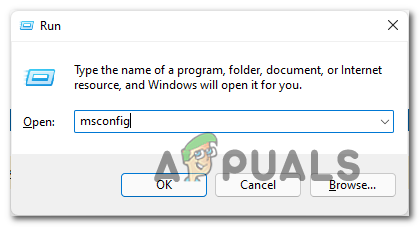
Accessing the System Configuration utility - Inside the System Configuration prompt, select the Boot tab from the horizontal menu at the top.
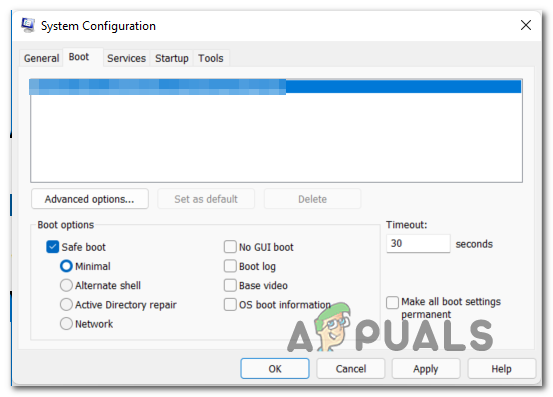
Booting in Safe Mode from System Configuration - Next, modify the Boot Options to the following depending on the type of Safe Mode that you want o boot in:
Safe Mode - Check Safe Boot, select the Minimal toggle and leave everything else unchecked. Safe Mode with Networking - Check Safe Boot, select the Network toggle, and leave everything else unchecked. Safe Mode with Command Prompt - Check Safe Boot, select the Alternate shell toggle, and leave everything else unchecked.
- Once you’ve made the necessary adjustments to boot in safe mode, click Apply, then restart your computer to boot in safe mode.
3. Boot Windows 11 in Safe Mode via Command Prompt (CMD)
- Press Windows key + R to open up a Run dialog box. At the text prompt, type ‘cmd’, then press Ctrl + Shift + Enter to open up an elevated Command prompt.
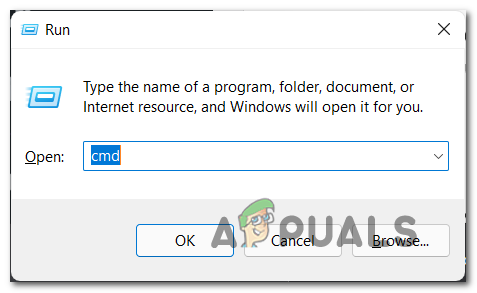
Open a CMD prompt Note: When you see the UAC (User Account Control), click Yes to grant admin access.
- Once you’re inside the elevated Command Prompt, type one of the following series of commands and press Enter after each one to boot in various Safe Modes (depending on what Safe Mode type you wish to boot in):
Safe Mode bcdedit /set {current} safeboot minimal Safe Mode with Networking bcdedit /set {current} safeboot network Safe Mode with Command Prompt bcdedit /set {current} safeboot minimal AND bcdedit /set {current} safebootalternateshell yes - Reboot your computer manually in order to allow it boot in the Safe Mode type that you previously configured.
4. Boot Windows 11 in Safe Mode via Command Prompt during Boot
- Insert your Windows 11 installation media and allow your PC to boot from it.
- Once you arrive at the first Windows Setup screen, press Shift + F10 keys at the same time to open up a Command Prompt.

Opening CMD prompt from the Windows Setup screen - Next, type the following command and press Enter to configure your Windows 11 installation to boot in various Safe Modes:
Safe mode bcdedit /set {default} safeboot minimal Safe mode with Networking bcdedit /set {default} safeboot network Safe mode with Command Prompt bcdedit /set {default} safeboot minimal AND bcdedit /set {default} safebootalternateshell yesNote: Keep in mind that {default} is just a placeholder. You’ll need to replace it with the actual identifier of your OS (e.g. “Windows 11”)





